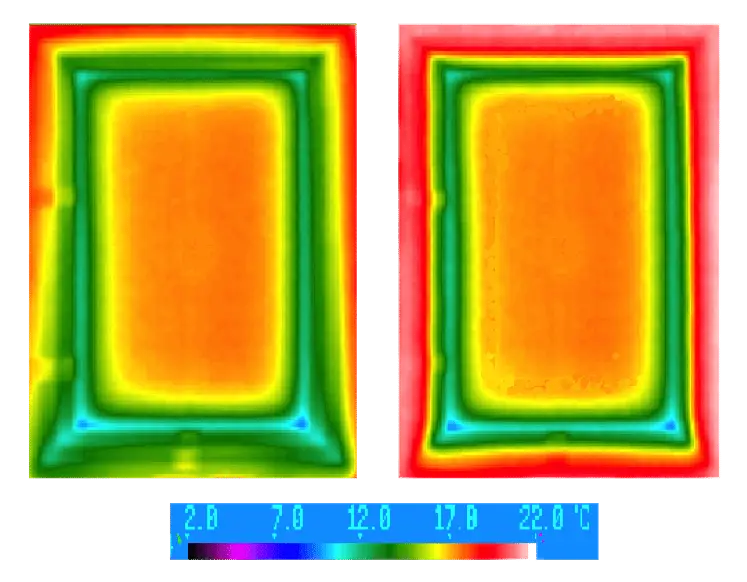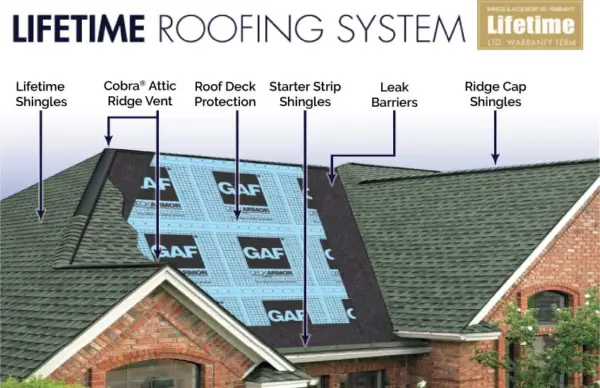No matter the time of year, many New England homeowners are concerned with saving energy in the home. Frigid winters and sizzling summers can cause energy bills to skyrocket to the tune of hundreds of dollars.
If you’re feeling the pinch and wondering how you can begin saving energy in the home, this guide can help prevent energy loss while keeping energy bills low.
Thermal Envelope’s Role in Energy Savings
Before we discuss how to save energy in your home, it’s important to understand your home’s thermal envelope. The thermal envelope is engineered with a variety of products, including your windows, roofing, and siding. The age and condition of these products can either promote or prevent energy loss.

When the thermal envelope is not adequately sealed, heat can make its way outside of the home during the winter. In the summer, heat can come inside the home, making you feel like you’re living in an oven.
Note that there is no such thing as a home that is 100% airtight. Only a solid wall can block out all airflow. However, some exterior products can help seal the home as much as possible with energy loss at a minimum.
Saving Energy in the Home with Replacement Windows
There are several factors to consider when you want to save a maximum amount of energy with new exterior products, such as:
- Precise measurements of windows and doors. For example, Coastal Windows & Exteriors measure your new windows to the nearest 1/8th inch, blocking as much energy loss as possible.
- Air infiltration ratings. The air infiltration of a window shows how effectively the window can restrict airflow. Brands such as Pella offer air infiltration ratings between .12 and .30, but there are more efficient options available. Coastal Windows & Exteriors offers replacement windows with a .01 air infiltration rating, making them one of the most energy-efficient windows in Massachusetts.
- Foam inside the window frames. Vinyl windows are energy efficient, but filling the frames with foam provides further insulation. This option helps draft-proof your home and keep heat inside. The thermal image below represents a hollow frame without foam on the left, and a frame filled with foam on the right with an outdoor temperature of 5 degrees Fahrenheit.

Image Source: Panes Window Manufacturing
You can see that the window with the foam maintains more heat inside the home, represented with a red color around the frame.
- Low-e glass: Low-e is an invisible coating that covers the glass of your window. It helps the sunlight to naturally heat your home in the winter so you don’t have to overwork your HVAC system. In the summer, low-e reflects sunlight away from the windows and keeps your home from overheating.
How much energy can you expect to save with windows that meet these criteria? According to The Department of Energy, you can save $340 per year on your utility bills, specific to the New England region.
While replacement windows can certainly help with saving energy in the home, you will also want to think about the other products that contribute to your home’s thermal envelope such as vinyl siding.
Insulating the Home with Vinyl Siding
 Massachusetts offers cost offset & incentives to homeowners who purchase Insulated Vinyl Siding. Learn more at vinylsiding.org.
Massachusetts offers cost offset & incentives to homeowners who purchase Insulated Vinyl Siding. Learn more at vinylsiding.org.
Did you know that inefficient vinyl siding allows heat to easily transfer out of the home during the winter? In fact, heat can even pass through wood studs and account for 25% of overall heat loss.
The answer is to blanket your home and improve thermal bridging with insulated panels. With the extra layer of insulation, heat cannot escape easily through the wall—resulting in significant energy savings.
While vinyl siding wraps your home in a cozy layer of thermal insulation, one last critical element for energy savings is your roof.
Energy Efficiency and Roof Replacement

Your roof keeps the elements out of your home, ranging from snow to strong sunlight in the summertime. However, the engineering of your roof plays a critical role in energy savings during the winter and summer.
One primary focus area for energy savings is roofing ventilation. Your roof can have vents along the ridge, the gable, under-eave, and the rafters. The combination of the vents allows fresh air to move into the attic, but they also allow air to escape as necessary.
Without this ventilation, your attic can become substantially too hot in the summer. An unventilated attic can reach 150 degrees Fahrenheit in the summer. Yikes! This can lead to very high energy bills in the summertime. With Massachusetts having the 9th highest energy rates in the nation, a ventless attic can take a big bite out of your bank account.
Saving Energy in the Home with Coastal Windows & Exteriors
The exterior products at Coastal Windows & Exteriors are designed to save New England homeowners money on their energy bills while making a more comfortable home. Learn more by calling 978-304-0495.


